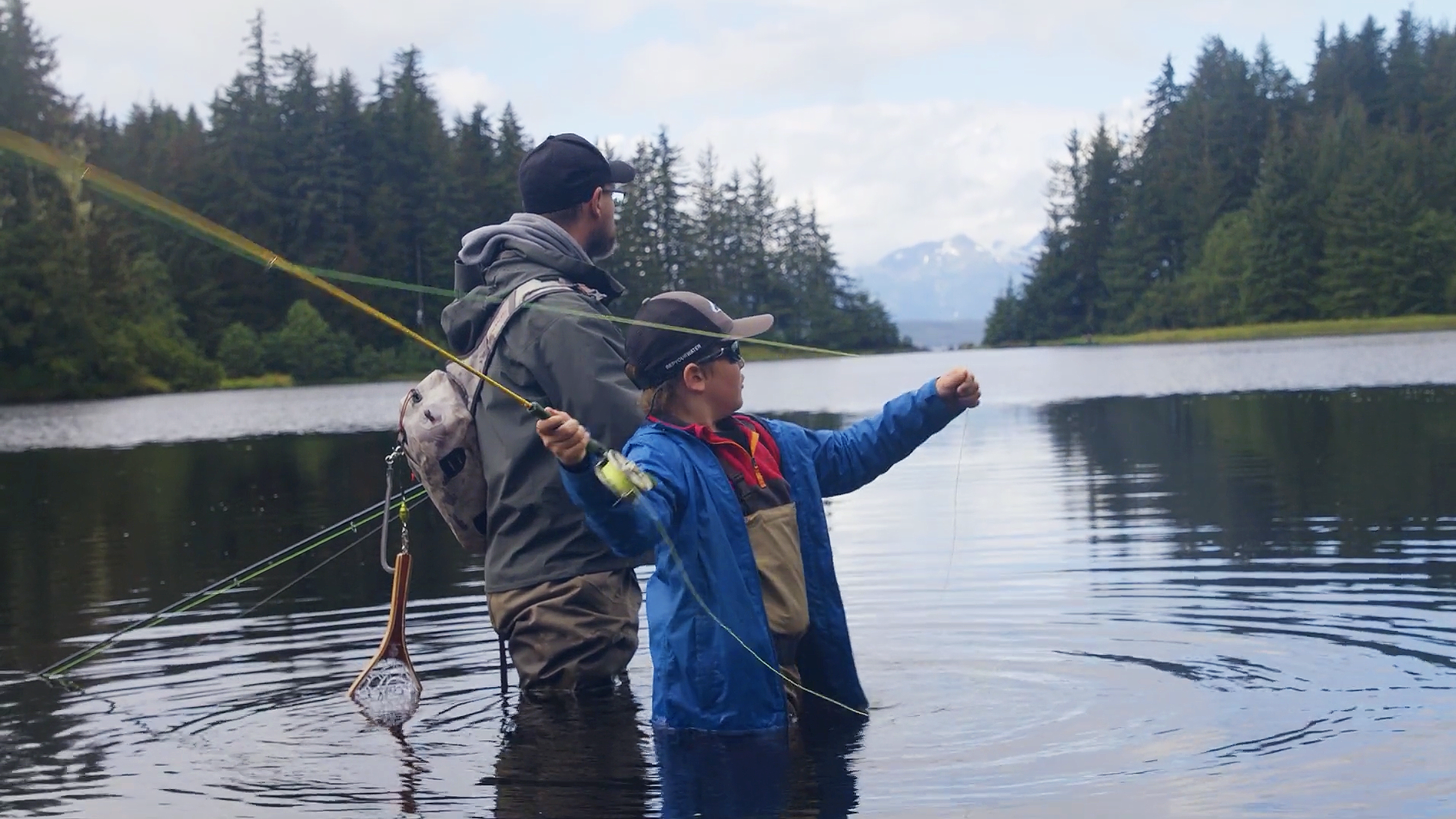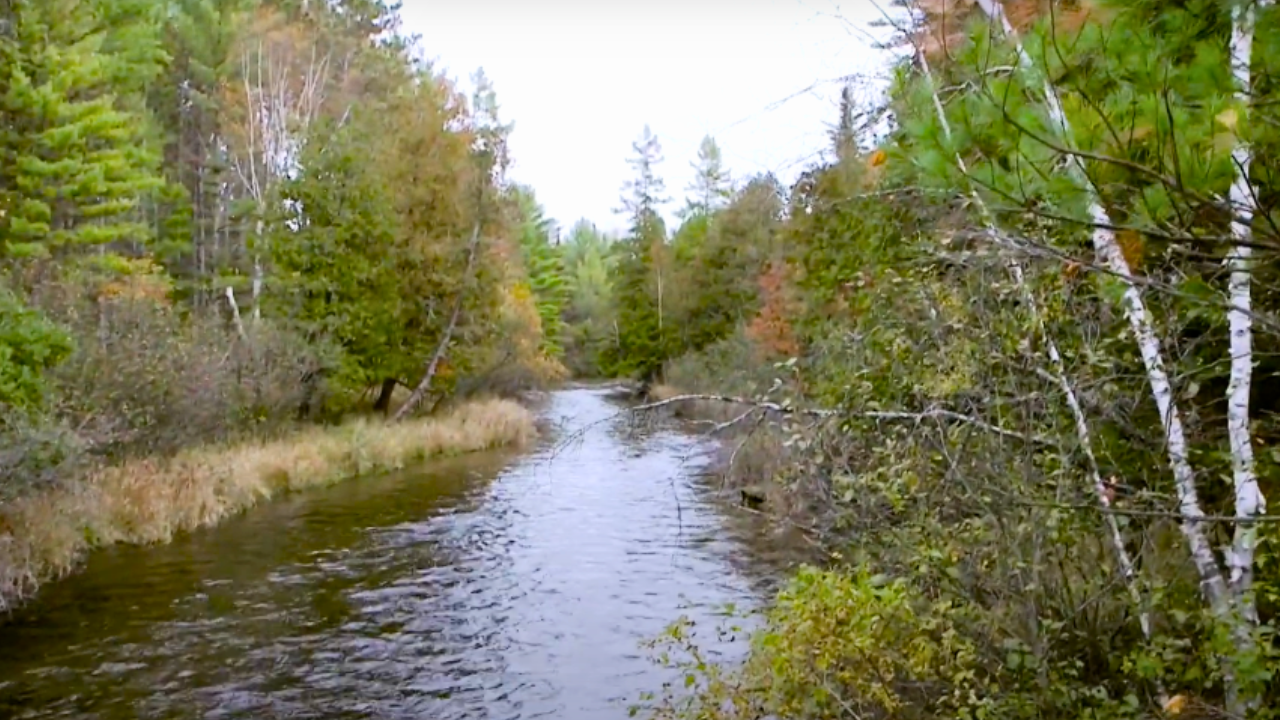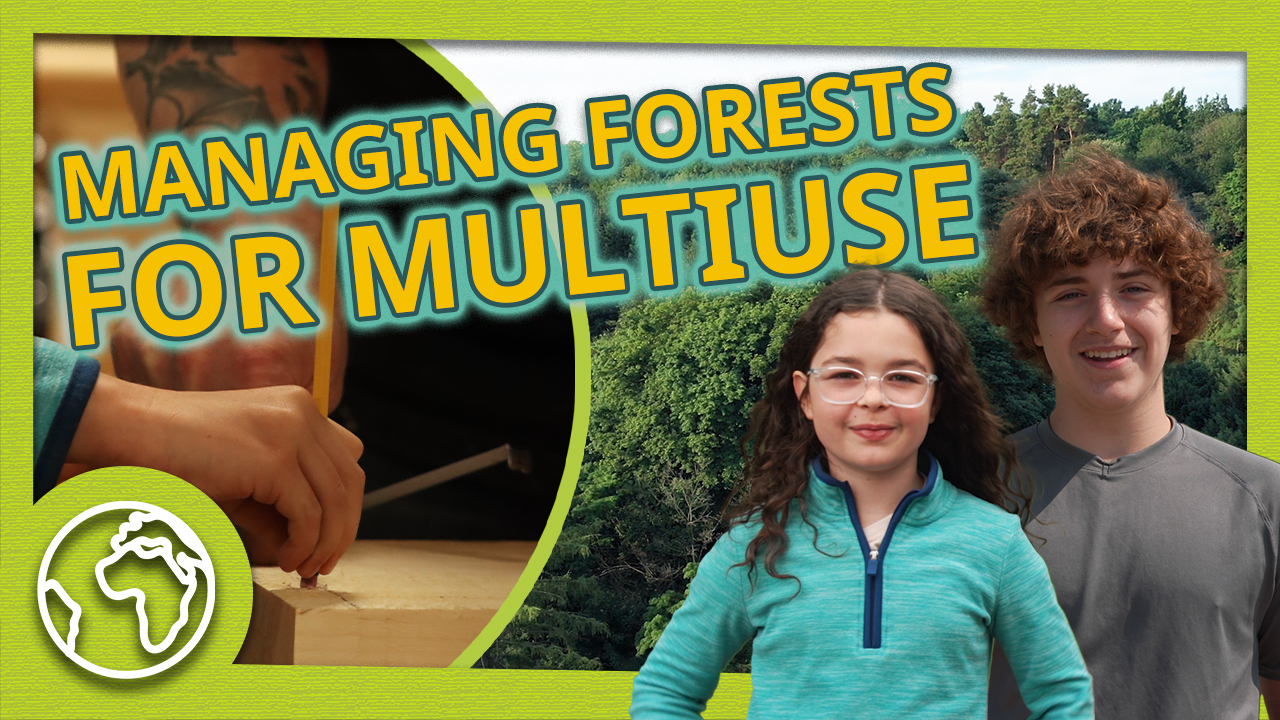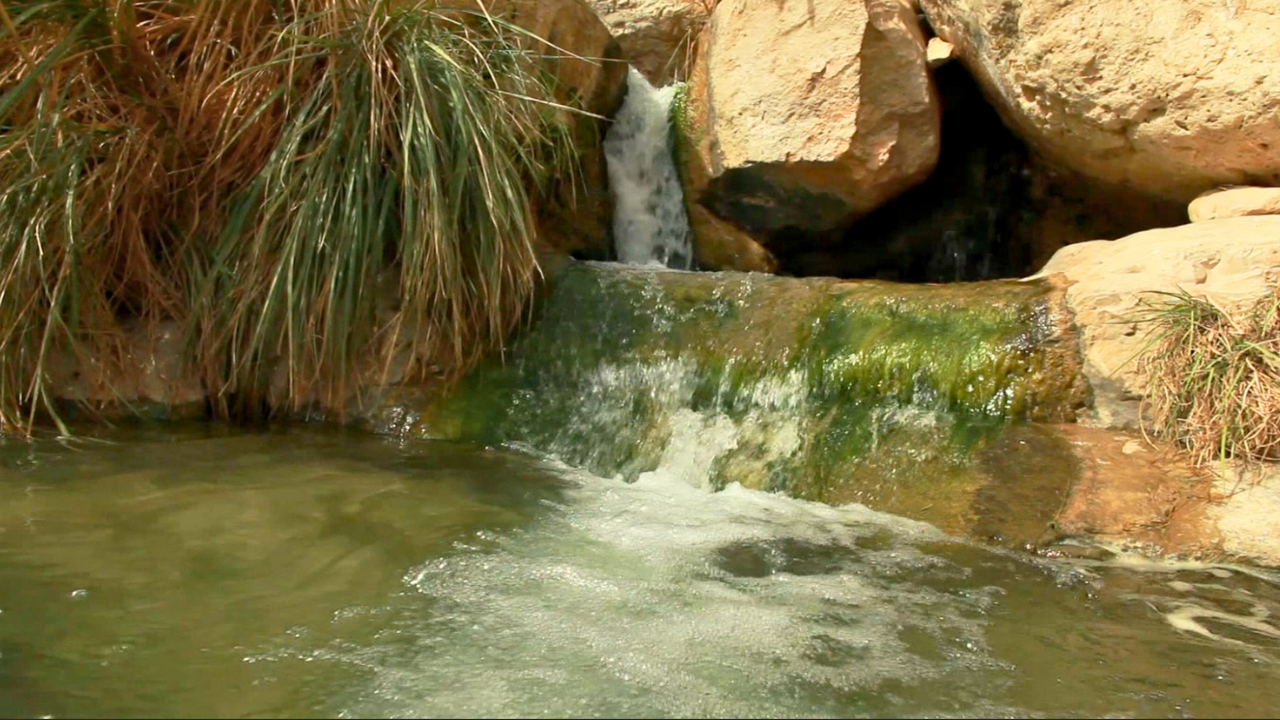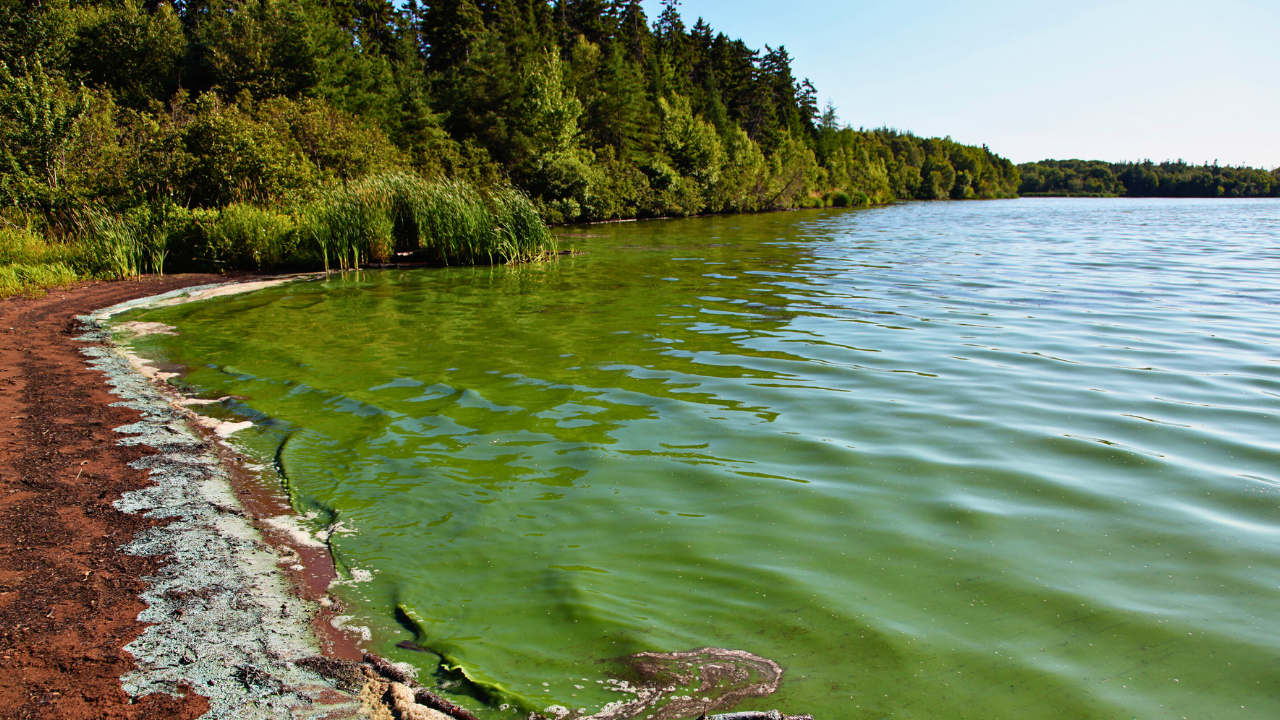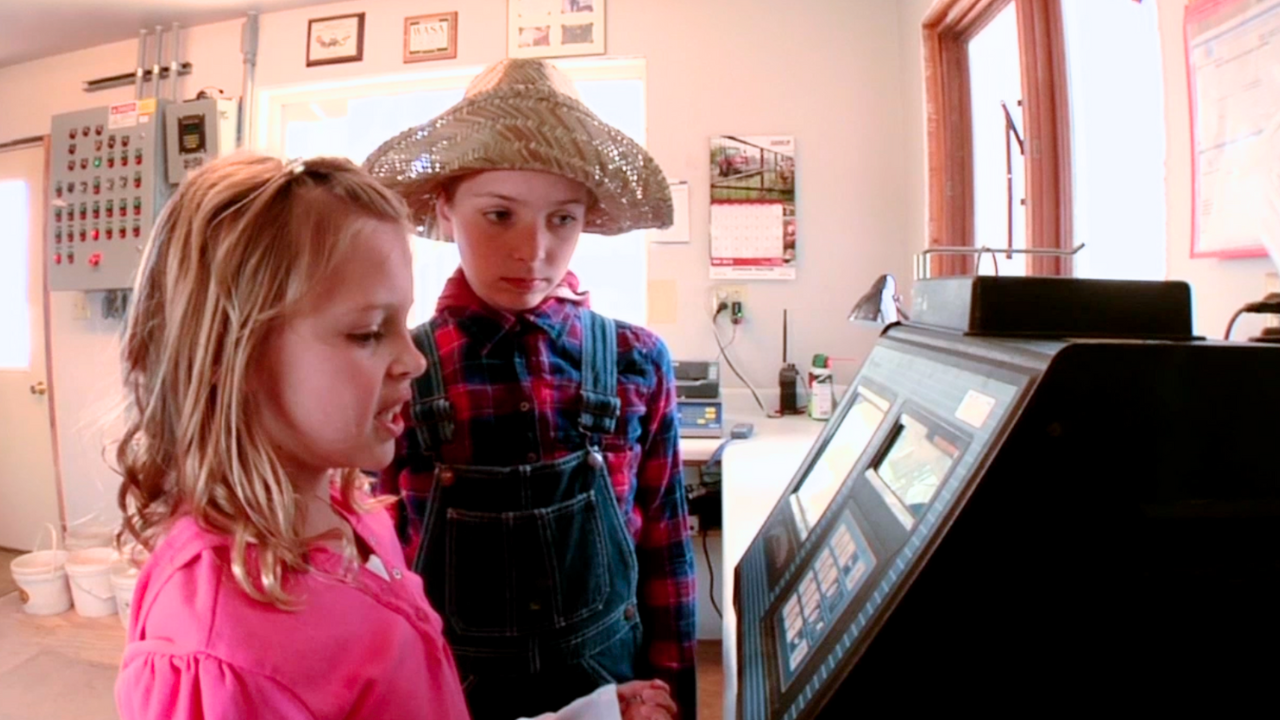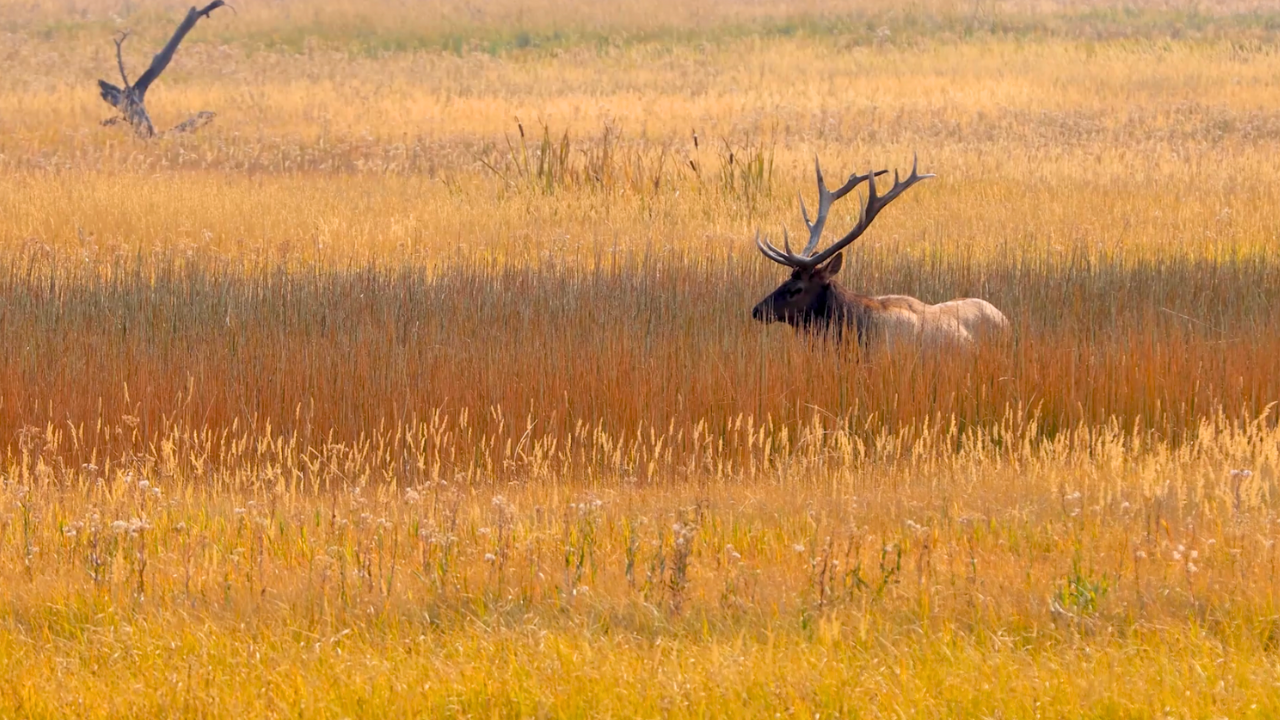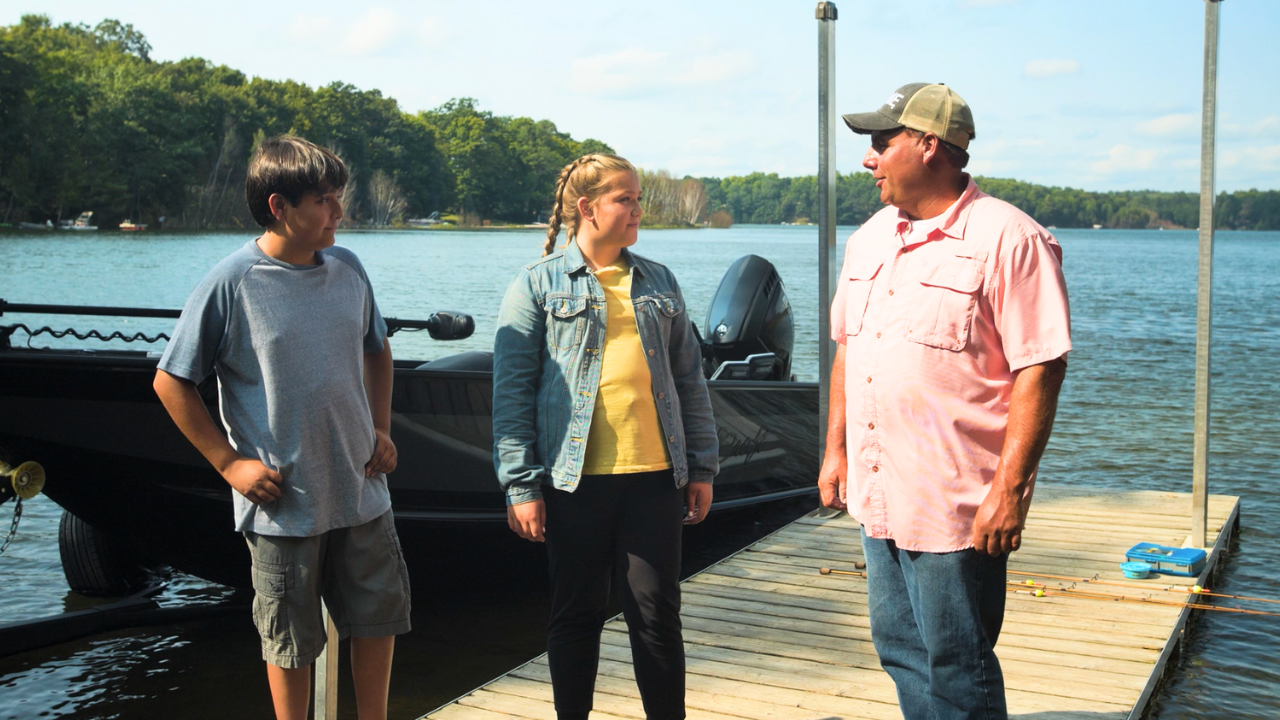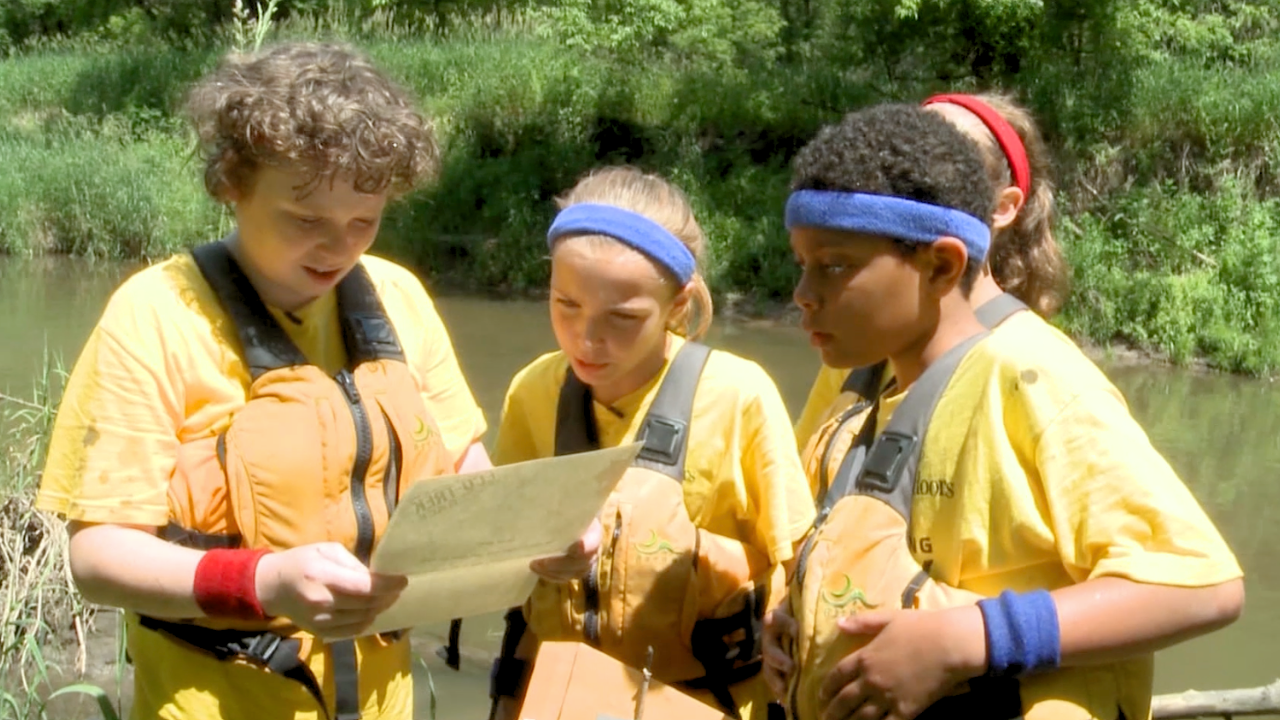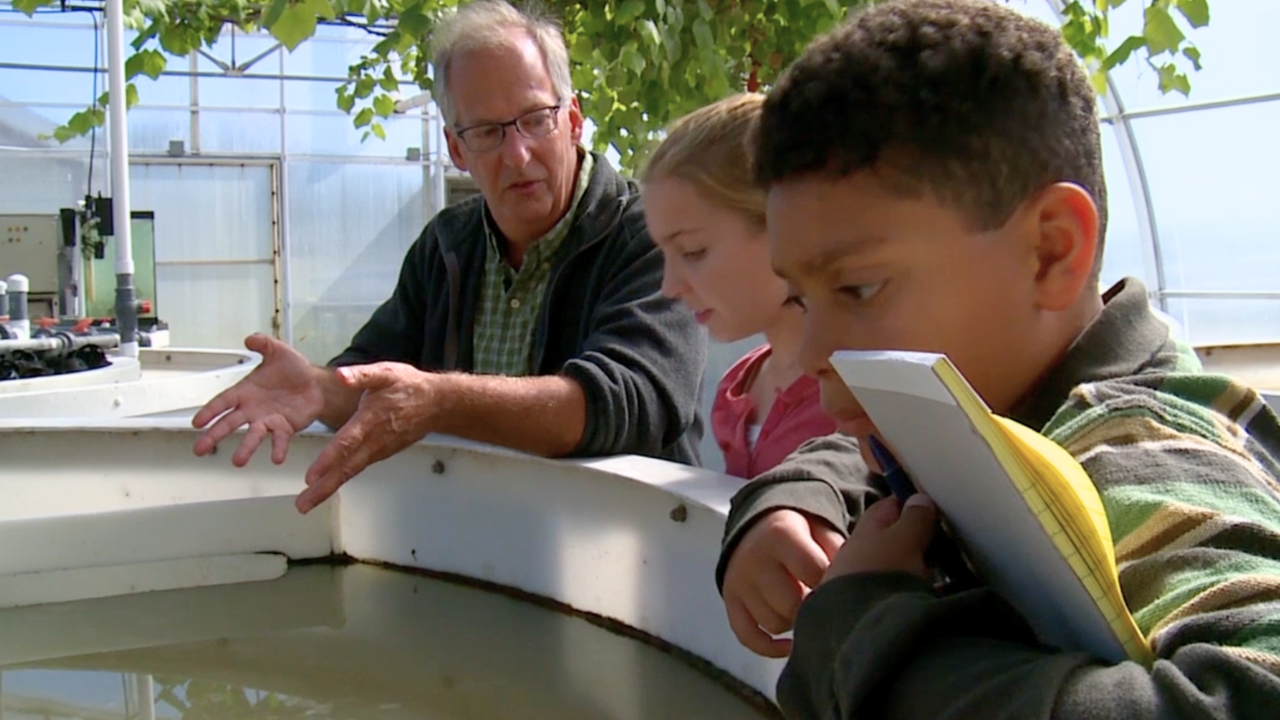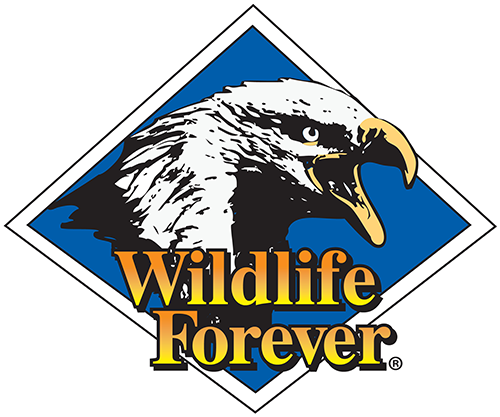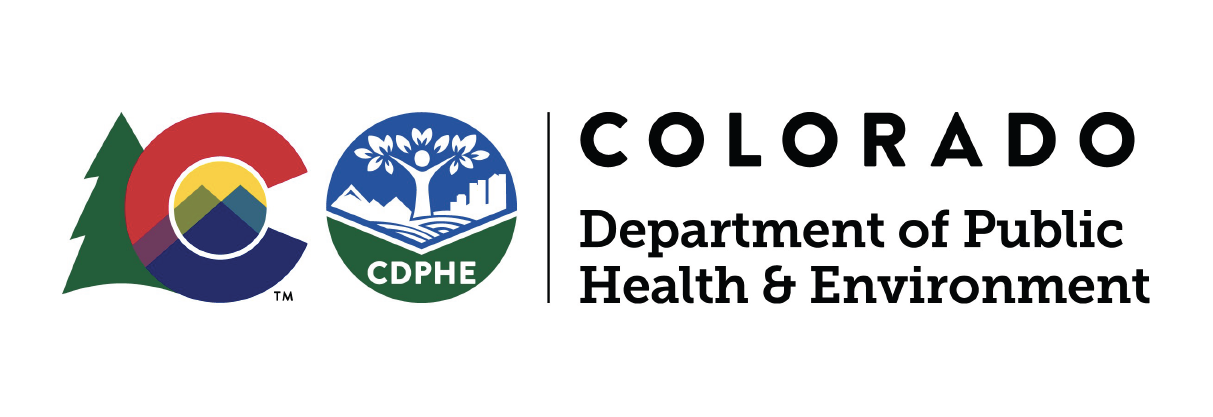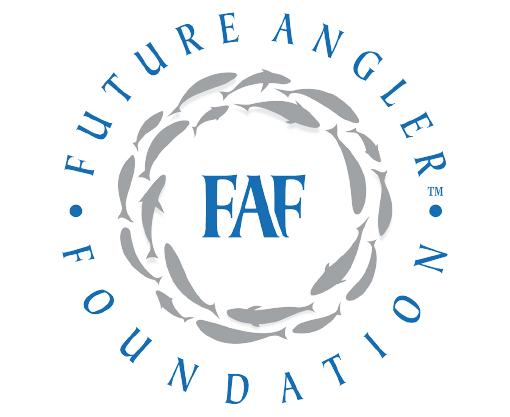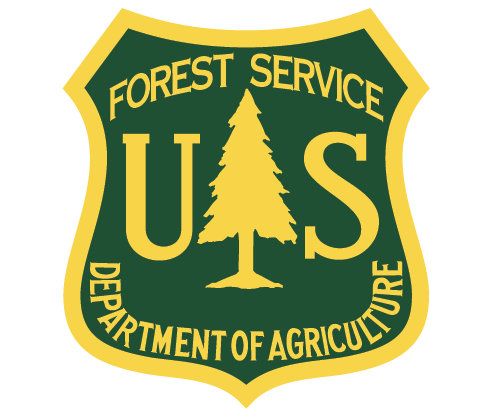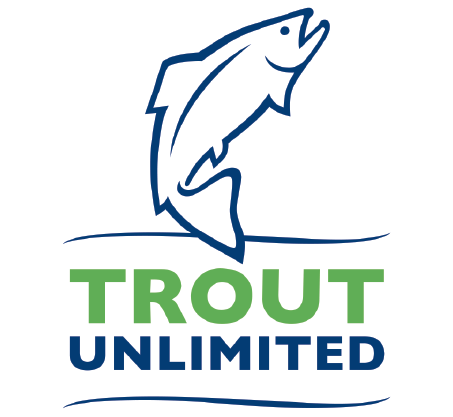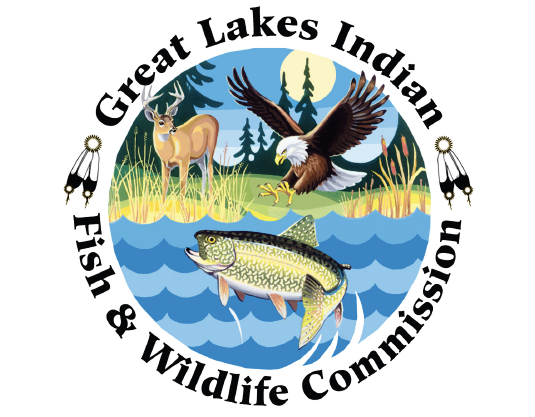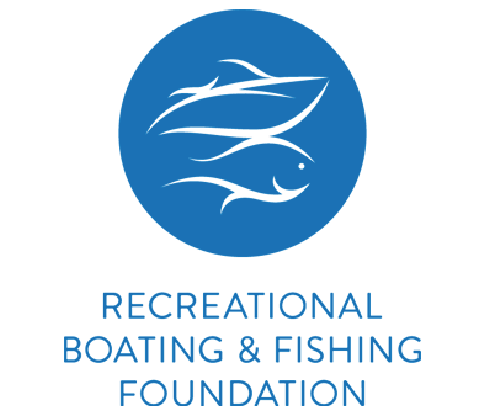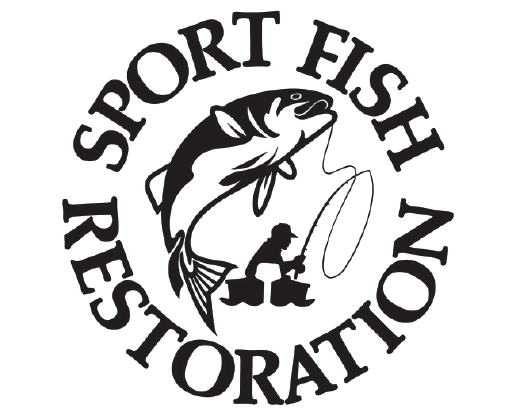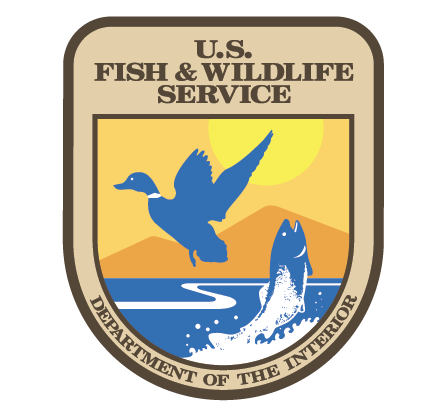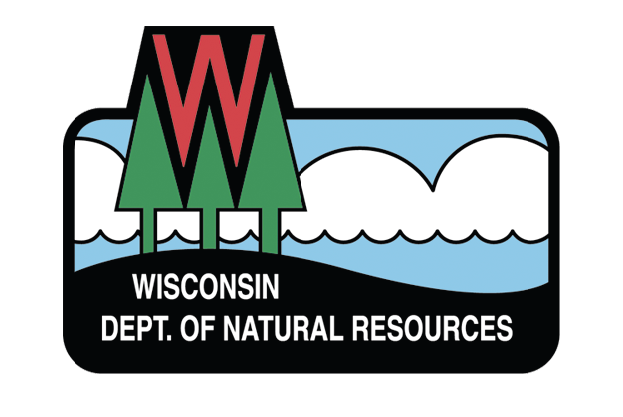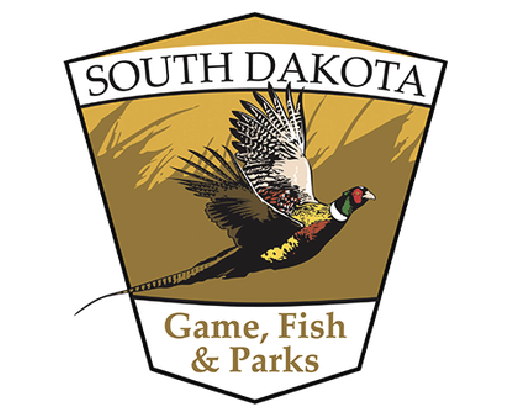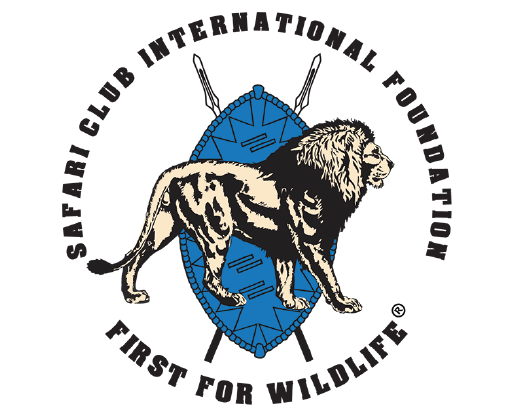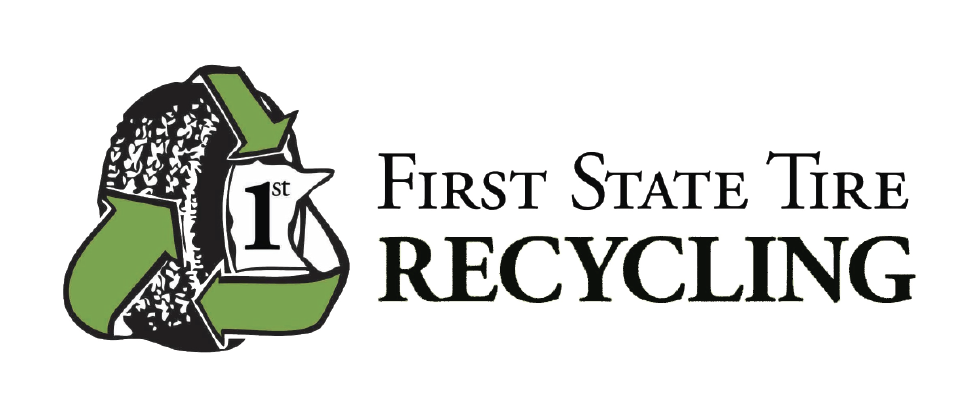It’s hard to believe that an invasive species, a prehistoric throwback that’s been around for 340 million years could devastate the largest freshwater system and “ecosystem” on the planet. But it actually happened. This invader from the depths of the oceans, has over 100 hooked teeth and a thirst for blood that makes it the deadliest predator to have ever invaded the Great Lakes. Its vampire lifecycle combined with its reproductive capacity almost wiped out the fisheries in all the Great Lakes. How did this happen, and what can be done to fight it? Learn the answers as you join this journey of aquatic ecosystem science in discovering the history, mystery, and our ongoing battle to control the invasive sea lamprey… North America’s Predator In Paradise.
CCSS.ELA-LITERACY.SL.11-12 | CCSS.ELA-LITERACY.W.11-12 | CCSS.ELA-LITERACY.WHST.11-12 | CCSS.ELA.LITERACY.L.6 | CCSS.ELA.LITERACY.SL.6 | CCSS.ELA.LITERACY.SL.7 | CCSS.ELA.LITERACY.SL.8 | CCSS.ELA.LITERACY.SL.9-10 | CCSS.ELA.LITERACY.W.6 | CCSS.ELA.LITERACY.W.7 | CCSS.ELA.LITERACY.W.8 | CCSS.ELA.LITERACY.W.9-10 | CCSS.ELA.LITERACY.WHST.6-8 | CCSS.ELA.LITERACY.WHST.9-10 | HS-ESS3 | HS-ESS3-3 | HS-ESS3-4 | HS-ESS3-6 | HS-LS2 | MS-ESS3-3 | MS-ESS3-4 | MS-LS1 | MS-LS2

